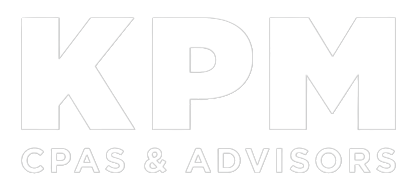If your non-profit has lost financial support during the pandemic, you may be looking for ways to raise new revenue. But if your proposed solution is a side business, be careful. Even when business ventures are related to a non-profit’s exempt purpose, they can run afoul of the commerciality doctrine — and jeopardize an organization’s tax status.
Countering an Unfair Tax Advantage
The commerciality doctrine was created along with the operational test to address concerns over non-profits competing at an unfair tax advantage with for-profit businesses. In general, the operational test requires that a non-profit be both organized and operating exclusively to accomplish its exempt purpose. The test also requires that no more than an ‘insubstantial part’ of an organization’s activities further a nonexempt purpose. This means that your organization can operate a business as a substantial part of its activities as long as the business furthers your exempt purpose.
Here is the catch: Under the commerciality doctrine, courts have ruled that the otherwise exempt activities of some organizations are substantially the same as those of commercial entities. Courts and the IRS consider several factors when evaluating commerciality. No single factor is decisive, but asking the following questions about your non-profit and its business activities can help you evaluate risk:
- Have you set prices to maximize profits?
- To what degree do you provide below-cost services?
- Do you accumulate unreasonable reserves?
- Do you use commercial promotional methods such as advertising?
- Is the business staffed by volunteers or paid employees?
- Do you sell to the general public?
Also consider the extent to which your organization relies on charitable donations. They should be a significant percentage of total support.
Avoiding Unrelated Business Income Tax (UBIT)
There is another risk for non-profits operating a business. You could be alright under the commerciality doctrine but end up liable for UBIT.
Revenue that a non-profit generates from a regularly conducted trade or business that is not substantially related to furthering the organization’s tax-exempt purpose may be subject to UBIT. Much depends on how significant the business activities are to your organization as a whole. There also are several exceptions, so be sure to check with a KPM advisor.
Reducing Risk
If you are thinking about launching a new business venture to raise revenue, talk to us first. We can review your proposed idea and help you reduce the risk that the commerciality doctrine or UBIT could impose.

